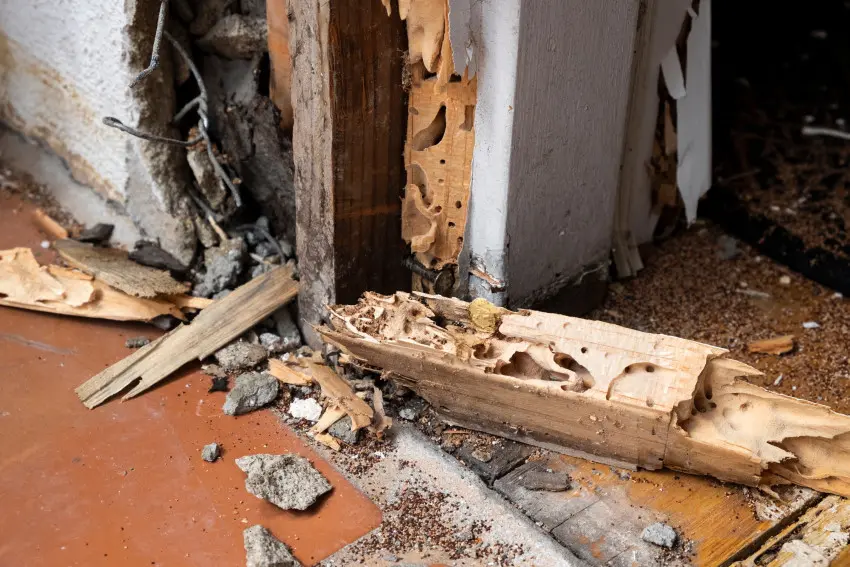
Does Home Insurance Cover Termite Damage?
Unfortunately, in most cases, standard homeowners insurance policies do not cover termite damage. This is because termite infestations are considered a preventable problem that falls under the category of maintenance and upkeep. Insurance companies typically do not cover damages that could have been prevented with regular maintenance.
Tips to Prevent Termite Damage in Your Home
Regardless of insurance coverage, it is crucial to take proactive measures to prevent termite infestations and minimize potential damage. Regular inspections, addressing moisture issues, and maintaining a termite barrier are all essential steps in termite prevention.
Regular inspections and maintenance: Schedule regular inspections by a professional pest control company to detect termite activity early on. They can identify any signs of infestation and recommend appropriate treatment. Additionally, make sure to keep your home well-maintained, as termites are attracted to moisture and wood that is in contact with soil.
Creating a termite-resistant environment: There are several ways to make your home less appealing to termites. Use termite-resistant materials such as concrete, steel, or pressure-treated wood when building or renovating. Avoid moisture build up by diverting water away from your home's foundation. Remove any wood debris or tree stumps from your yard, as they can attract termites.
Spread awareness in your community: Encourage your neighbors to take preventive measures as well, as termites can easily spread from one property to another.
Signs of Possible Termite Damage
It's crucial to be able to identify the signs of termite infestation and take immediate action. If you think your home may be affected by termites, here are a few key points to look out for:
Swarmers: Flying termites, also known as swarmers, are a clear indication of a termite infestation. Keep an eye out for discarded wings near windows, doors, or other entry points.
Mud tubes: Termites build mud tubes to travel between their colony and food sources. These pencil-sized tubes can be found along walls, foundations, or wooden structures.
Wood damage: Termites feed on wood from the inside out, leaving behind hollowed-out or damaged wood. Look for uneven or irregular flooring that is buckling or sagging. Use a screwdriver to tap on wooden surfaces to check for a hollow sound.
By implementing these preventive measures, you may be able to significantly reduce the risk of termite damage to your home. Remember, prevention is always better than dealing with the costly repairs that termite damage can entail.
Tennessee Insurance: Read More

What is an Auto Deductible?
October 9, 2024
When it comes to auto insurance, understanding the terminology is crucial to making informed decisions about your coverage. One term that often comes up in discussions about car insurance is the “auto deductible.” Read more

What Is Business Insurance?
December 10, 2024
Whether you are a small business owner or a seasoned entrepreneur, having the right insurance coverage is crucial to protect your assets and mitigate various risks. In this article, we aim to provide you with an in-depth understanding of what business insurance is, its significance, and how it can contribute to your company's success. Read more

What's The Difference Between Term and Whole Life Insurance?
May 31, 2024
Life insurance is a crucial aspect of financial planning, offering peace of mind and financial security for your loved ones in the face of life's uncertainties. In this article, we'll explore the key differences between these two options. Read more
